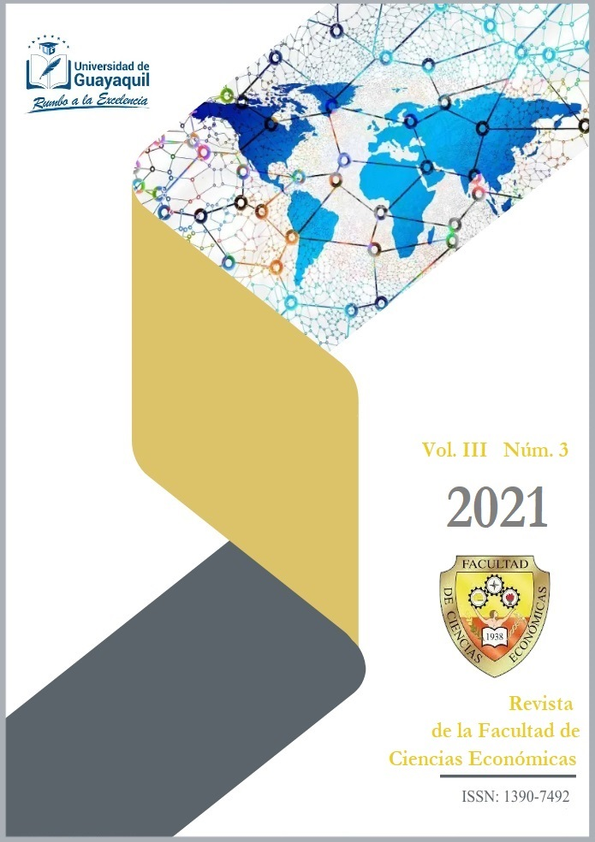COVID-19 AND FEMALE LABOR PARTICIPATION IN ECUADOR
Códigos JEL: J22, C25, Z0
DOI:
https://doi.org/10.53591/fce.v3i3.1614Keywords:
Time Allocation and Labor Supply, Discrete Regression and Qualitative Choice Models, Covid-19Abstract
This study analyzes the determinants of female labor participation in Ecuador before and after covid-19. To do this, a binary response logit model of labor participation and an ordered response logit model were estimated to evaluate changes in working hours. The data was obtained from the National Survey of Employment, Unemployment and Underemployment (ENEMDU) for the month of September 2019 and 2021. The results show that being the head of household and having higher education are the main (positive) determinants of female labor participation; while being married or having children under 6 years of age reduces their labor participation. In addition, it was found that after covid-19, the working hours decreased for women with less education, young and with children under 6 years of age. In terms of public policy, it is recommended to carry out childcare programs that allow mothers to continue with their work activities, as well as labor inclusion programs for young women.
Published
How to Cite
Issue
Section
License
Copyright (c) 2024 Diego Linthon Delgado, Lizethe Méndez Heras, Washington Quintero Montaño

This work is licensed under a Creative Commons Attribution-NonCommercial-NoDerivatives 4.0 International License.







